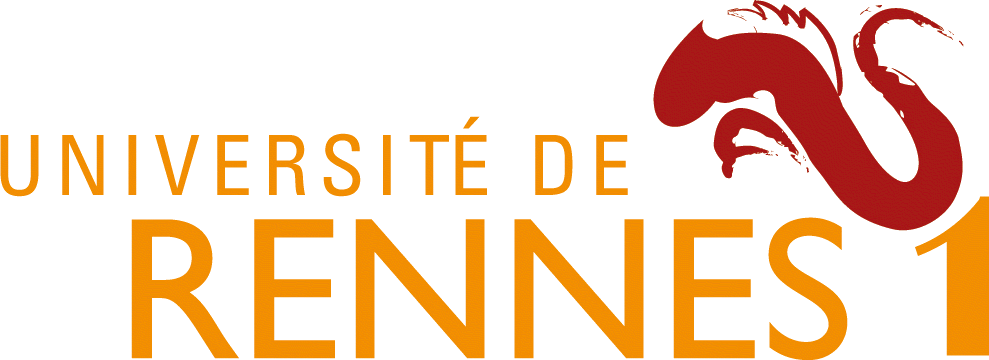Hi! I’m Martin. I am a senior R&D engineer working in the field of computer vision, graphics, and machine learning, for over 10 years. I am particularly interested in immersive imaging and creative techonologies, and grew my expertise both in academia and industry. I love brainstorming about new ideas and concepts as much as I love implementing them, and I’m looking to push cutting-edge research into impactful applications.
My current role at Tyndall FX involves the development and productization of state-of-the-art research on neural 3D reconstruction techonologies such as NeRFs and 3D Gaussian Splats. Previously, I was an AI researcher at the Huawei Ireland Research Center from January 2022 to February 2023. My work involved exploratory research and developing proof-of-concept applications for processing and editing of 3D assets. From September 2016 to January 2022, I was a postdoctoral researcher in the V-SENSE project at the School of Computer Science and Statistics in Trinity College Dublin. My research topic involved light field imaging, ranging from theoretical developments to practical processing tools for denoising, super-resolution, or 3D scene reconstruction. Between 2018 to 2020, I further contributed to the EU Research and Innovation project SAUCE, developing tools for light field in media production, such as refocusing filters. Before that, I started my research career as a PhD student exploring novel image and video compression algorithms in Technicolor and INRIA in Rennes, France, from 2012 to 2016.
PhD in signal processing and telecommunications, 2016
University of Rennes 1, France
Master's degree in electrical engineering, 2012
ENSEIRB-MATMECA, INP Bordeaux, France

A compact video representation format based on spatio-temporal linear embedding and epitome

Smart Assets for re-Use in Creative Environments

Extending Visual Sensation through Image-Based Visual Computing